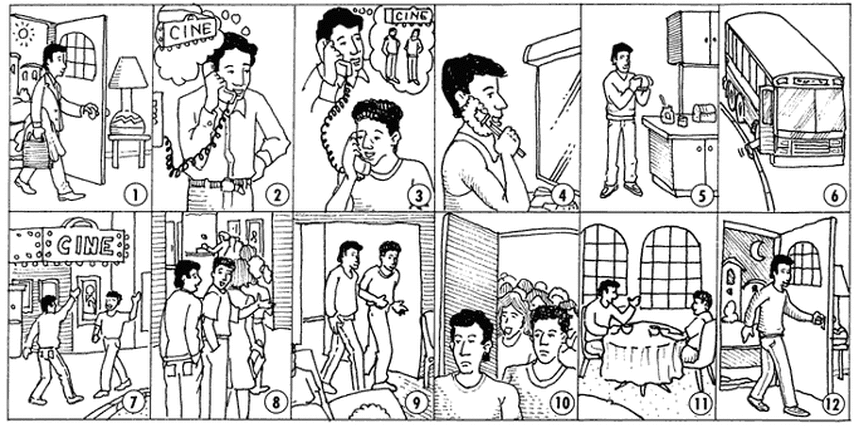Sequencing the Events
What
does Sequence of Events mean?
The
word "sequence" means to put something in order from first to last.
Sequence
of events in a story is the order in which the events happen.
Why
is Sequence of Events an important reading strategy?
Knowing
the sequence of events in a story helps us to picture what is happening and
when. It helps
make
the story clear and easy to follow. When
events are not in order, the story becomes blurry and
hard
to follow.
We
also use sequence of events to understand how to do daily activities like
following a list of directions
when
cooking or building something.
How
do we use sequence of events to help us understand what we are reading?
As
you read, ask yourself, "What happened first? What happened next?"
Look
for sequence words such as: first, next,
before, after, then, and finally
Picture
the story in your mind as you are reading.
Think
about what the character did first, second, and so forth.











